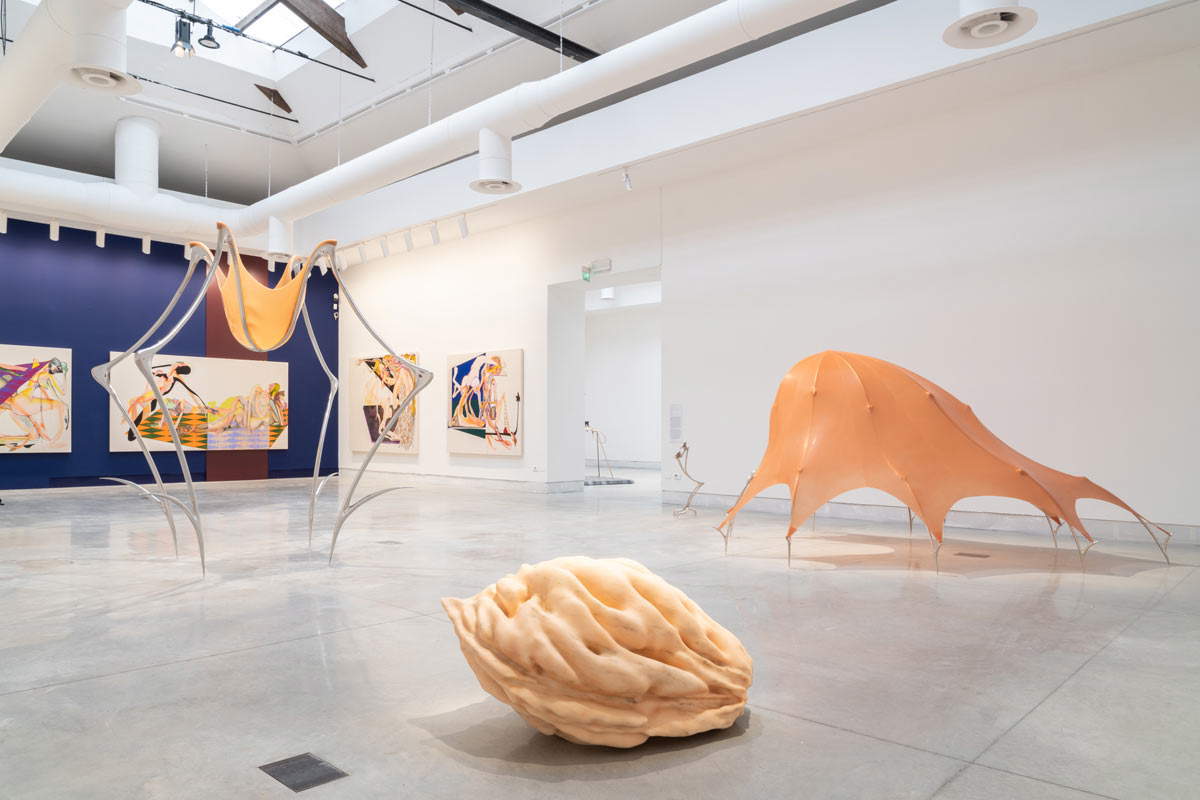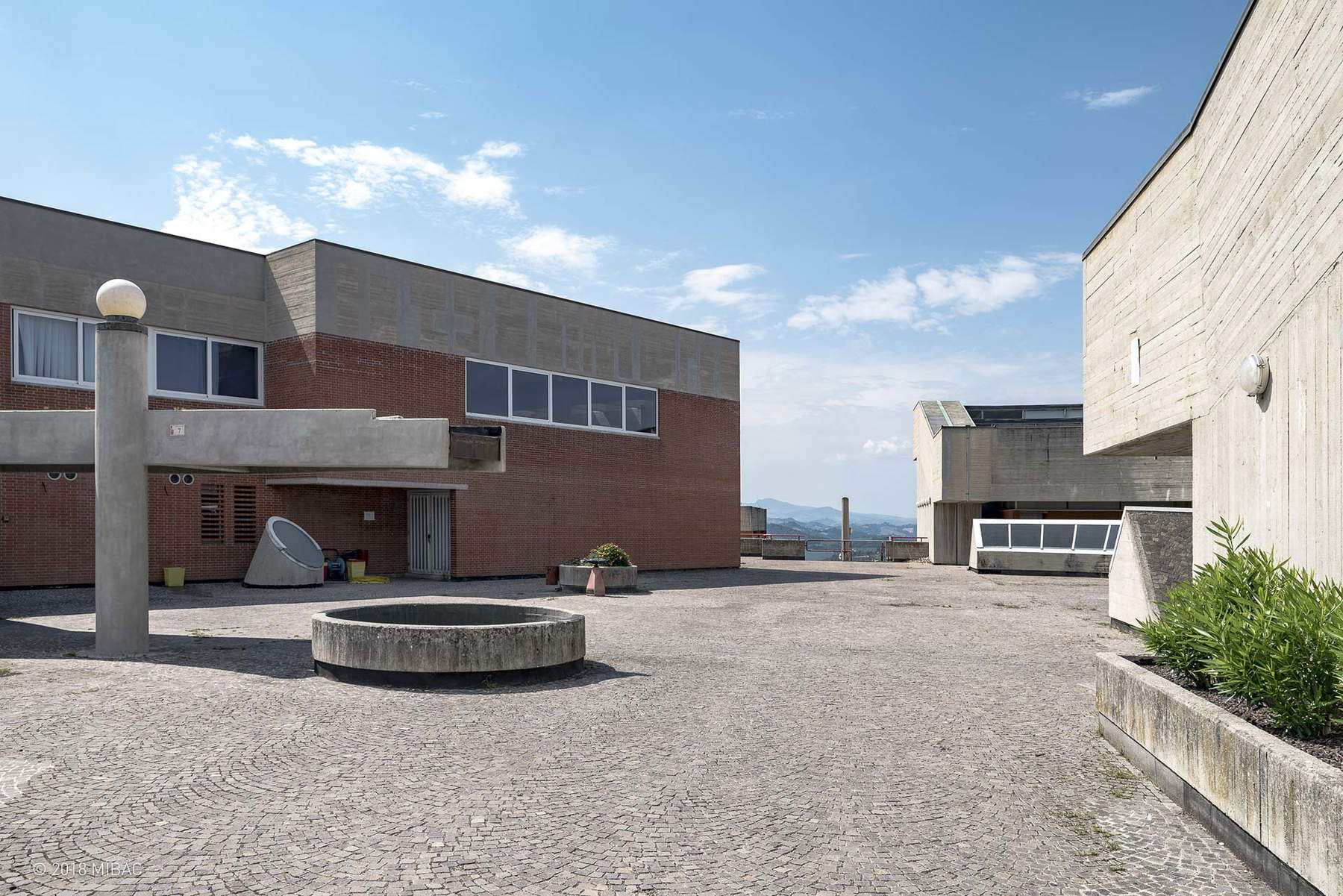How to visit the Venice Biennale?



At this point it is appropriate for me to tell how to practice preparing the suitcase in the best possible way. No recipe, no certainty. Rather trials (and errors) along a teaching path that has been going on for a few years now. I teach contemporary art history to fifth-year students in the School of Conservation and Restoration at the University of Urbino. After five years of close association with ancient art, immersion in the contemporary is for aspiring restorers a challenge comparable to visiting the Biennale as a neophyte, or as a non-artist. Therefore, the exercise I offer them each year can say something here as well.
I devote the first lessons of the course to a walk through the buildings designed by Giancarlo De Carlo outside and inside the walls of Urbino. The proposal is generally met with surprise and a bit of distrust. What does De Carlo have to do with contemporary art? Why devote time to architecture? First of all, because De Carlo designs for Urbino along a span of time that covers from the early 1950s to the early 2000s, recording in the spaces, materials and forms the changes in taste and customs, but also the development of the international debate on modernism and its overcoming, which so much has also played a part in the evolutionary lines of coeval art.
However, these reasons come after the main one, which is as follows: De Carlo sets up spaces that invite one to get lost. Indeed, that force one to get lost. This is not a spiteful end in itself, of course. Rather it is an indication of how we should always traverse space, that is, by activating embodied gaze and somaesthetic capacity. A curved and continuous wall with no edges, a ramp with low and long steps, an unexpected change in elevation accompanied by the sudden entry of natural light into an area of shadow, a mirrored vertical plane broken into portions inclined at different degrees that reflect the surroundings, making us lose our coordinates; these are all architectural traps that De Carlo uses to keep the alert level of our senses high, to combat the anesthesia of daily crossing of space. Realizing that we are lost is the first step in building a path of reorientation. Inside De Carlo’s architectures reorientation and rebalancing are indispensable processes, continually engaged by environments that are only seemingly minimalist, at times brutalist, and yet strongly empathic, Harry Francis Malgrave would say(The Empathy of Spaces, 2015).




Strolling with students among De Carlo’s buildings in Urbino, stimulating them to observe and record their somatic reactions, becomes an exercise preparatory to the use of a more conscious and critical gaze, which in the course of the lessons will be required of them. Thus we break the ice and get rid of the fear of not understanding. When one realizes that the body feels and ’looks,’ the perception of distance with what one does not know changes and the readiness to welcome it is amplified.
Far from providing instructions for use, the purpose of this brief talk is to launch a reflection on the appropriateness of establishing a ’somatic’ relationship with what is being enjoyed in order to recover a perceptual dimension on which later - and only later - to build readings and interpretations, studies and research. On this theme I think it is appropriate to point out here the contributions that appeared in issue 36 of Roots&Routes dedicated to “Education in the Body. For a somatics of the pedagogical relationship,” a mine of indispensable insights for heritage education, but also for packing for the Biennale.
Warning: the translation into English of the original Italian article was created using automatic tools. We undertake to review all articles, but we do not guarantee the total absence of inaccuracies in the translation due to the program. You can find the original by clicking on the ITA button. If you find any mistake,please contact us.